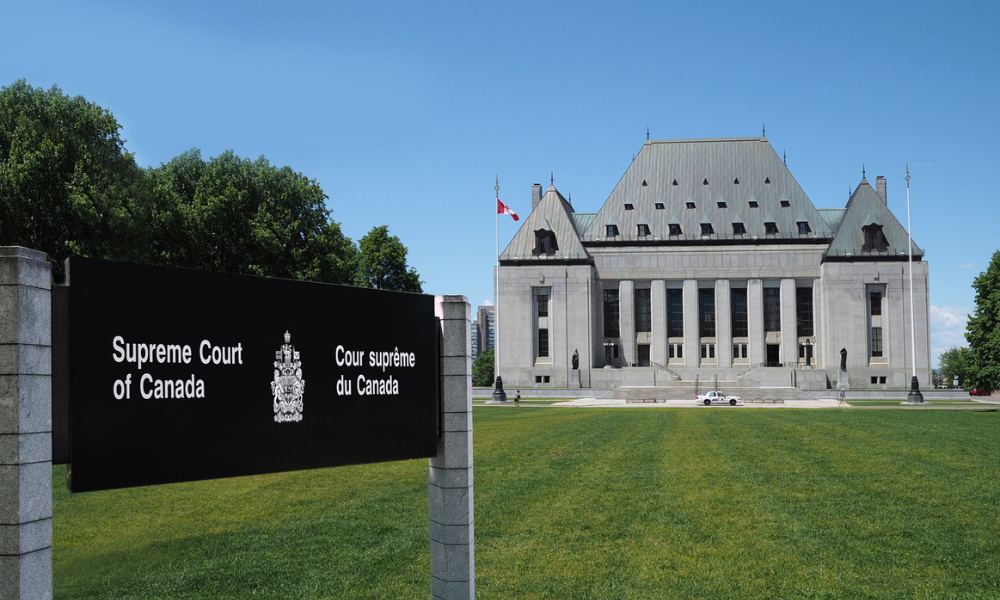Implementation of Canada’s Cannabis Act is fast approaching, and federal and provincial governments are scrambling to finalize arrangements for legalization of recreational cannabis production and sales.

Implementation of Canada’s Cannabis Act is now scheduled for October 2018, and federal and provincial governments are scrambling to finalize arrangements for legalization of recreational cannabis production and sales. One aspect is branding — and in anticipation of the launch of this new market, more than 1,500 trademark applications for words, slogans and designs for cannabis and related accessories have already been filed with the Canadian Trademarks Office. These numbers are expected to grow as the legalization date approaches.
Companies planning to enter this market and their legal advisers need to be aware of limitations on brand selection as well as packaging and labelling requirements.
The Cannabis Act (ss. 25 – 27) contains a broad prohibition against packaging that does not comply with the regulations, is false and misleading, and might appeal to young persons. Additional points include no testimonials or endorsements, no use of a real or fictional person, character or animal, or branding or package design that associates the product with glamour, recreation, excitement, vitality, risk or daring. Those restrictions already put in jeopardy some of the trademark applications that have been filed.
In March, after public consultation, the government published the Proposed Approach to the Regulation of Cannabis. The report suggests that “a clear majority” support packaging and labelling restrictions — and has in turn proposed guidelines that will result in many branding restrictions for cannabis products. The report admitted that there were mixed comments on a “plain packaging” regime, including from those who feel a new industry should have a chance to use branding elements to create a unique identity and educate consumers about the differences between their products. The report acknowledged that the approaching deadline for implementation of the Cannabis Act means that businesses need to know packaging guidelines as soon as possible — suggesting that the regulations will closely follow the report’s guidelines.
In addition to calling out the need for tamper- and child-proof packaging, expected packaging and label rules to include the following requirements:
• A standardized cannabis logo;
• Mandatory health warnings in English and French, in black letters on a yellow background;
• THC and CBD content;
• Only one brand name may appear, along with one additional branding element, which can be a word, slogan or logo;
• Brands must be in a single colour, and font size may be no larger than the health warning;
• Logos cannot be bigger than the cannabis logo;
• Label backgrounds must be in one colour and must contrast with the cannabis logo;
• Fluorescent or metallic colours, glossy coatings, embossing, texture, foil and peel-away labels are not allowed;
• No inserts. Producers must supply retailers with health and safety information, precautions and directions to be provided to consumers;
• Name and address of supplier, storage and expiration details.
The suggested label design limits space for brand names and company logos, and their size will always be smaller than the cannabis logo.
Online searches for cannabis products legally sold in other jurisdictions such as Colorado and California show labels with personal names (e.g. Henry’s, Mary’s and Nurse Heather), a surprising variety of logos and with multiple colours and embossing — all of which would be unlawful in Canada according to the act and the report’s suggested guidelines.
Violations of the regulations will be punishable by significant fines (up to $250,000 for a first offence and $500,000 for additional offences), as well as possible imprisonment — making it very important that compliance be taken seriously.
The message to those entering this new industry is “be aware.” The Cannabis Act and regulations set limitations on brand selection, as well as package and label design. Despite what you might expect, there will probably be no room for hippy images, tie-dyed colours and psychedelic designs.
Cynthia Rowden is counsel with Bereskin & Parr LLP in Toronto.










